Fascinating Outback Town in the Beautiful Kimberley Region
If you are interested in experiencing a remote rural town in the northern part of Western Australia then you have to pay Broome a visit
Broome is a small and really cool town where you can easily spend a couple of days as there is plenty to see and do. Broome is based on the Dampier Peninsula, also referred to as Dampierland, named after William Dampier.
History: The Explorers
William Dampier was an English buccaneer and explorer who passed by for the first time in 1688. Dampier returned in 1699 and his journals created some interest in the rich pearl shell beds of the area. Roebuck Bay was named after the vessel of his second visit. It sank at the coast of Ascension Island in the South Atlantic on his way home as it was in very poor condition. Dampier and his crew were picked up five weeks later by a ship operating for the East India Companies. He never visited present day Broome but the north of what would later be known as Dampier Peninsula.
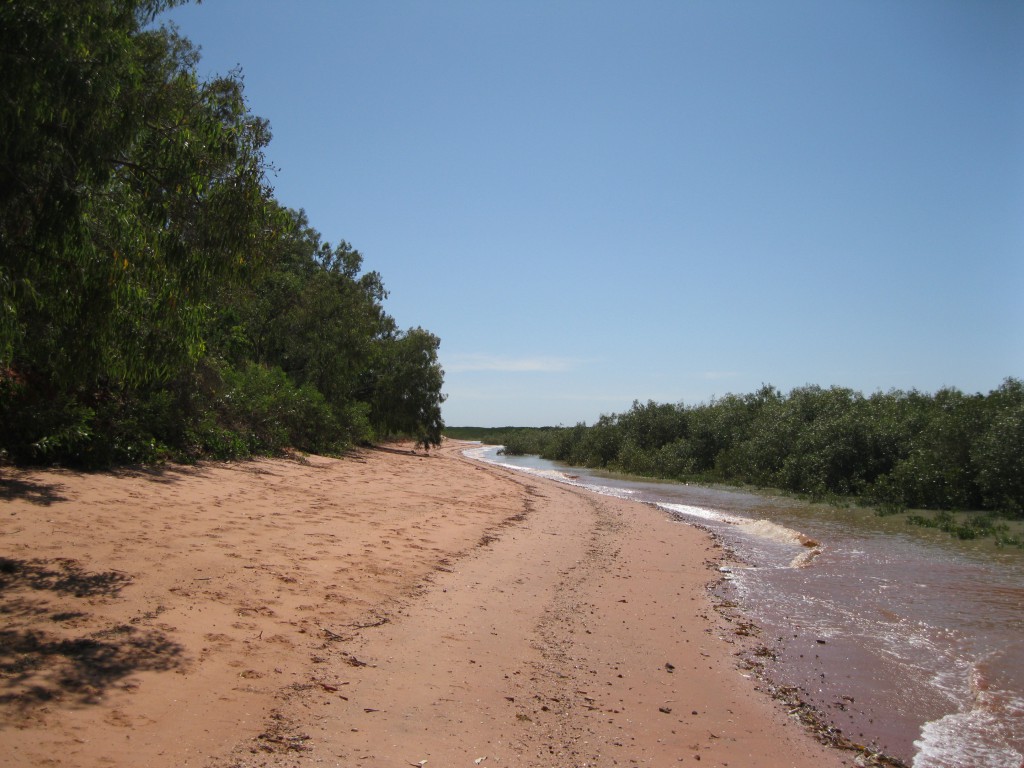
By the late 1870’s the pearling industry had grown in the waters of north-western Australia. In 1879 the politician Charles Harper suggested that a port with facilities for the pearling industry should be set up in Roebuck Bay. In 1883 John Forrest, who would later become the first Premier of Western Australia, selected a town site on Roebuck Bay just east of Dampier Creek which later that year was proclaimed Broome named after the Governor of the colony, Frederick N. Broome.
History: World War II
Broome had a significant part in the history of World War II. On 8 December 1941, the day after the Japanese attack on Pearl Harbor, Australia joined the United States in declaring war on Japan. The pearling industry almost immediately ceased its activities in Broome. A big portion of the population of the town were Japanese and the pearling industry relied heavily on their diving skills, but as the war broke out, many Australians of the area would join the war and the Japanese would be entered into camps.
Unlike other parts of Australia, the Japanese of Broome were in many cases born and raised in Australia without any link to the homeland. The residents of Broome tried to make life as easy as possible for the Japanese. The war escalated quickly and on 26 February 1942 the Japanese forces were only about 483 km (300 miles) north of Broome.
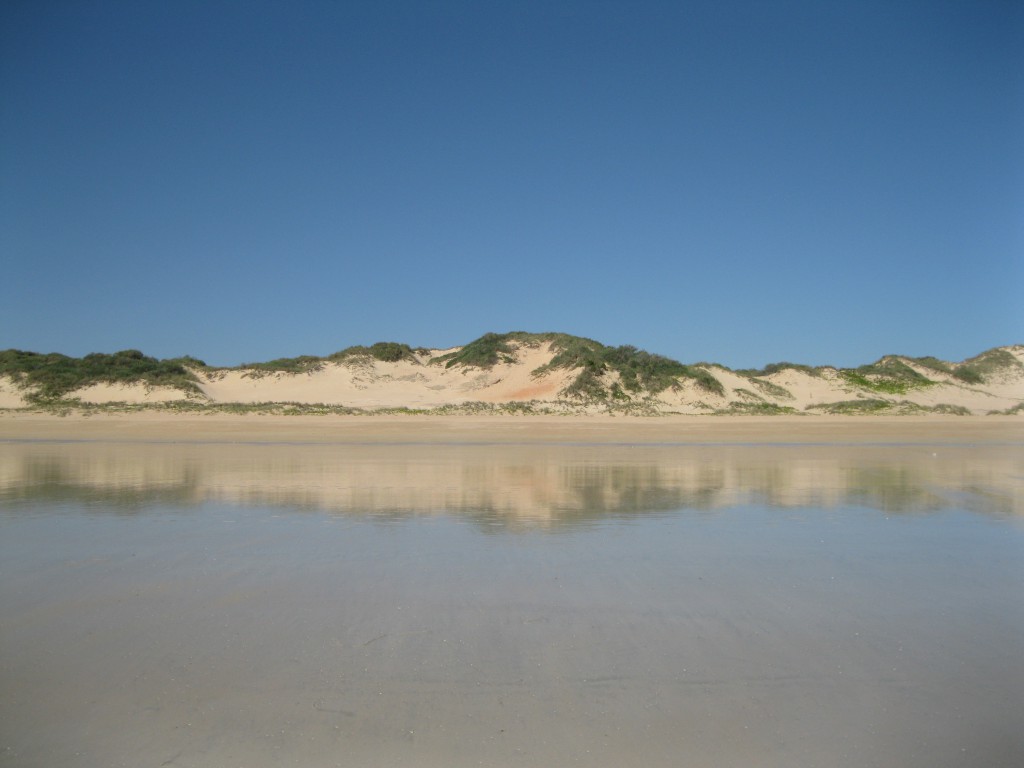
Due to the increased threat, the town became a re-fuelling station for the RAAF (the Royal Australian Air Force) and the aerodrome was upgraded to accommodate the largest planes. On 3 March 1942 Japanese Zero aircrafts attacked ground targets in Roebuck Bay and the aerodrome with machine gun fire. This resulted in 16 flying boat planes being destroyed.
Three further air raids followed on 20 March 1942, in August 1942 and August 1943. The constant fear forced Broome residents to leave and the town languished into decay. By the time the war had ended, the town had deteriorated. The residents who returned had to rebuild the town pretty much from scratch. Broome would recover and the pearling industry blossomed yet again.
Mangroves of the Shore
If you are staying at one of the hotels just south of the downtown area, a really cool option could be to walk down to the shore just beyond Hamersley and Carnarvon Streets. This depends on the time of season though but during dry season it’s awesome to walk along the shore heading towards the downtown as opposed to walking down Hamersley Street. Down at the shore there a lot of mangrove bushes which is such a beautiful sight. They are out in the sea and just at the shore. You will have plenty of opportunities for taking some great shots while walking along the shore when you are heading downtown.
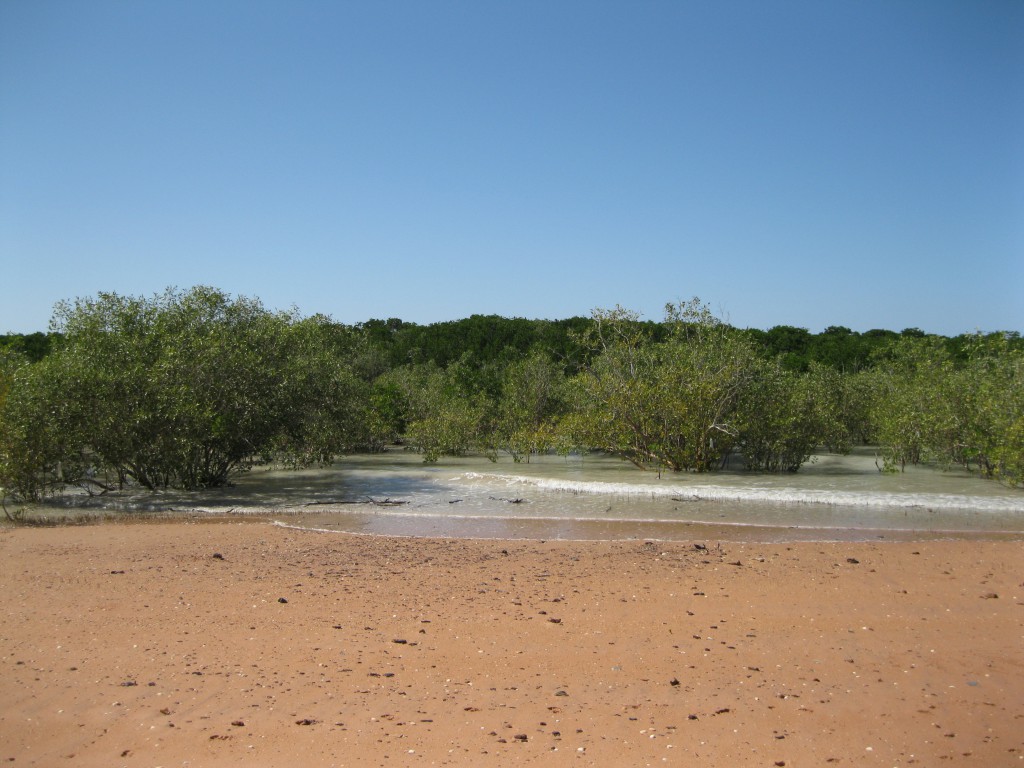
Having a stroll here you will get a true feeling of being in the bush, still you’re so close to town, but you are in Outback country. It feels pretty amazing and like you’re one with nature.
The mangroves are large bushes of a different variety of species of trees and shrubs which are salt tolerant. One of which can be seen along the coast is the bruguiera exaristata which is native to Timor, New Guinea and northern Australia. Walking down the coast, besides the mangrove you will be met by a sandy shoreline with some cool dune formations. Furthermore you will be able to view some nice houses based at the sea as well. Not a bad spot to have a residence.
Chinatown
The downtown area of Broome is called Chinatown which is the main shopping district with a lot of classic Outback architecture. It used to be the commercial and industrial centre with pearl sheds, saloons, entertainment house and Chinese restaurants. Now it’s the home of cafés, restaurants and pearl showrooms. When you’re having a stroll down the streets of Chinatown you will really experience the true atmosphere an Outback town. So cool!

As you walk down either Carnarvon Street or Dampier Terrace towards Streeter’s Jetty you will get a great feel of the fair dinkum Aussie Outback. On the way you will see the Roebuck Bay Hotel which is one of the major sights. As you walk the streets you will see beautiful trees with flowers and boab trees.
The Pearl Luggers
When you arrive at downtown, if you have done the stroll along the mangrove bushes, one of the complexes you will see located at the coast is Pearl Luggers at 31 Dampier Terrace right in the heart of Chinatown. As mentioned earlier, Broome is historically known for the pearling industry and you will get an interesting insight on this industry at the Pearl Luggers. On display are some authentic luggers which are cool to check out. The mangrove trees along the shore were believed to have been removed in the day to make way for the pearling luggers. From the late 1880’s to the early 1970’s it was a common sight with a lot of luggers in Broome but today there are very few examples of the “workhorses of the sea” as they we also called.
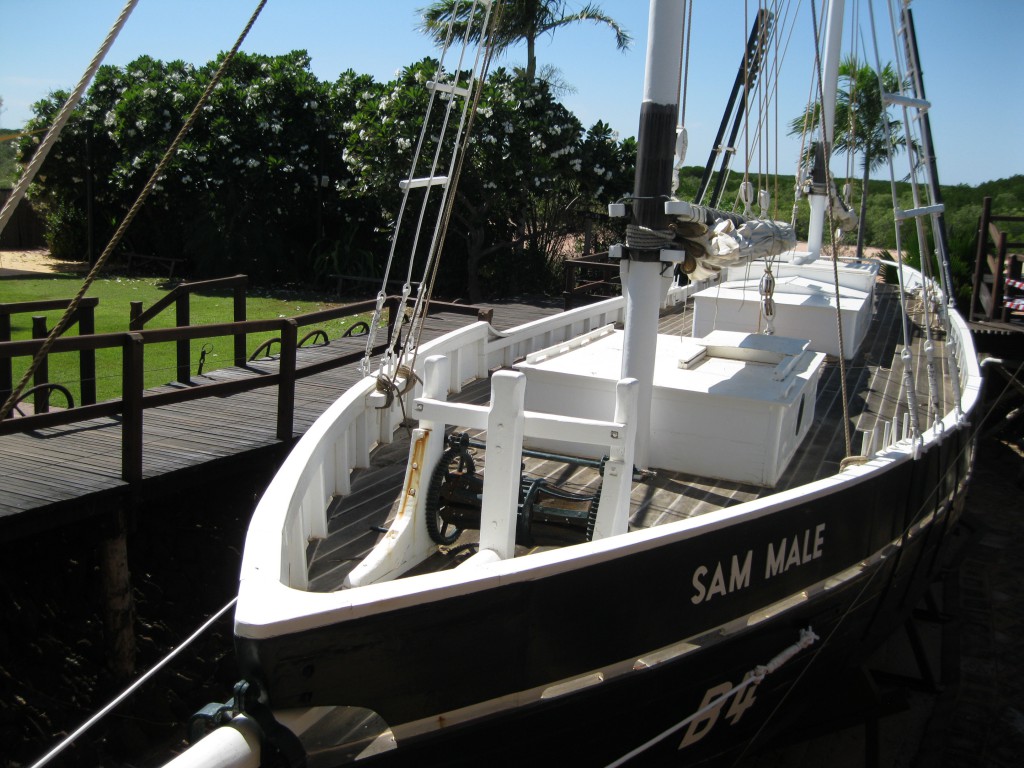
At around the year of 1900 there were about 400 luggers registered and during lay-up season, when they were parked in Roebuck Bay, you could jump from lugger to lugger from Dampier Creek to Town Beach without putting your feet on the ground. A lot of them were burnt on the beaches during World War II as the government would rather have them destroyed this way than losing them to the enemy during an attack.
The cyclone season was dangerous for the pearling fleets. The worst cyclone to hit town was in November 1910 where 26 luggers were sunk and 40 people died. In 1887 a fleet working at the Eighty Mile Beach were caught in a cyclone, 18 luggers and the mothership were lost and 140 men died. The most devastating cyclone hit in March 1935 at the Lacepede Islands north of Broome where 36 luggers were damaged and 142 were killed.
On display at Pearl Luggers are luggers like “The Sam Male” which was a part of the Pearls Proprietary Limited fleet, fishing mother of pearl shells and collecting live shell for its cultured pearl farms at Kuri Bay. The lugger was named after Sam Male, a well-known Broome pioneer who died in 1976.
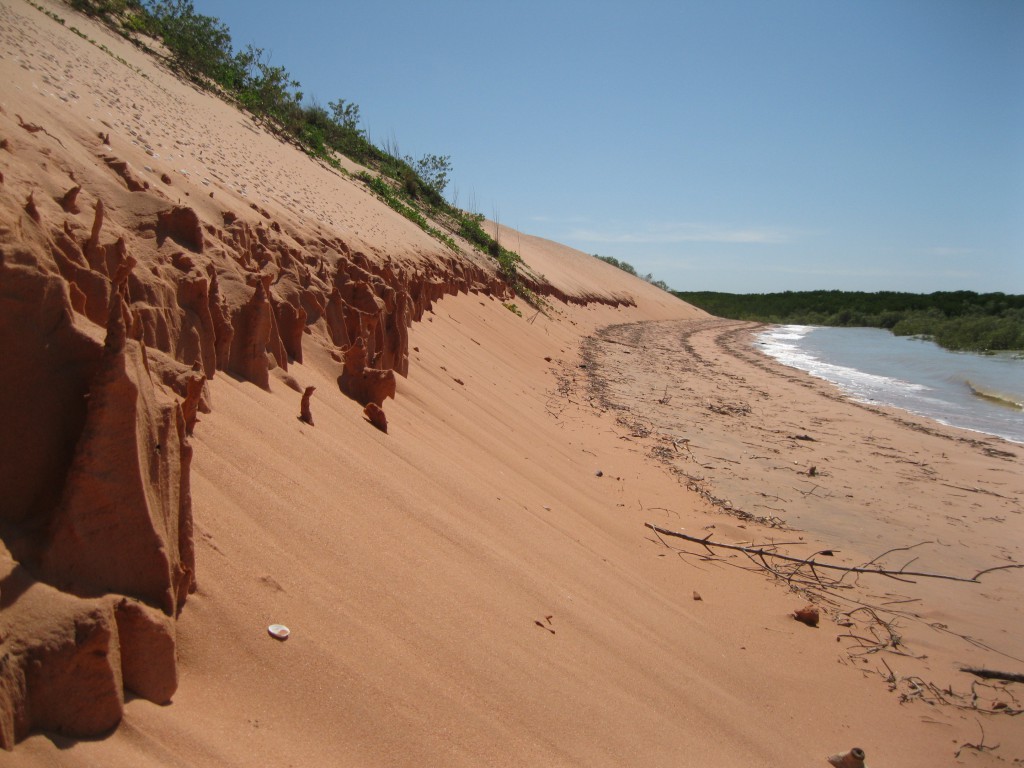
In 1868 there was a desire to access shells beds in deeper waters from which the opportunity to try hard hat diving equipment arose. Divers were intimidated by the new technology and it was abandoned for some years. The equipment was introduced again in the early 1880’s and by 1889 almost all of Western Australia’s pearl lugger were outfitted with this equipment. This improved the conditions and resulted in great financial returns.
The equipment consisted of a full diving suit and a helmet connected with a hose and a three cylinder pump. The helmet came in three sections, the corslet or a shoulder piece, the headpiece screwed onto the corslet and a glass face piece which was screwed on in the last minute. Air was pumped through the connecting hose from a pump located on the lugger’s deck. The technology also brought new dangers. People weren’t aware of decompression sickness which claimed the life of 33 Broome divers just in 1914.
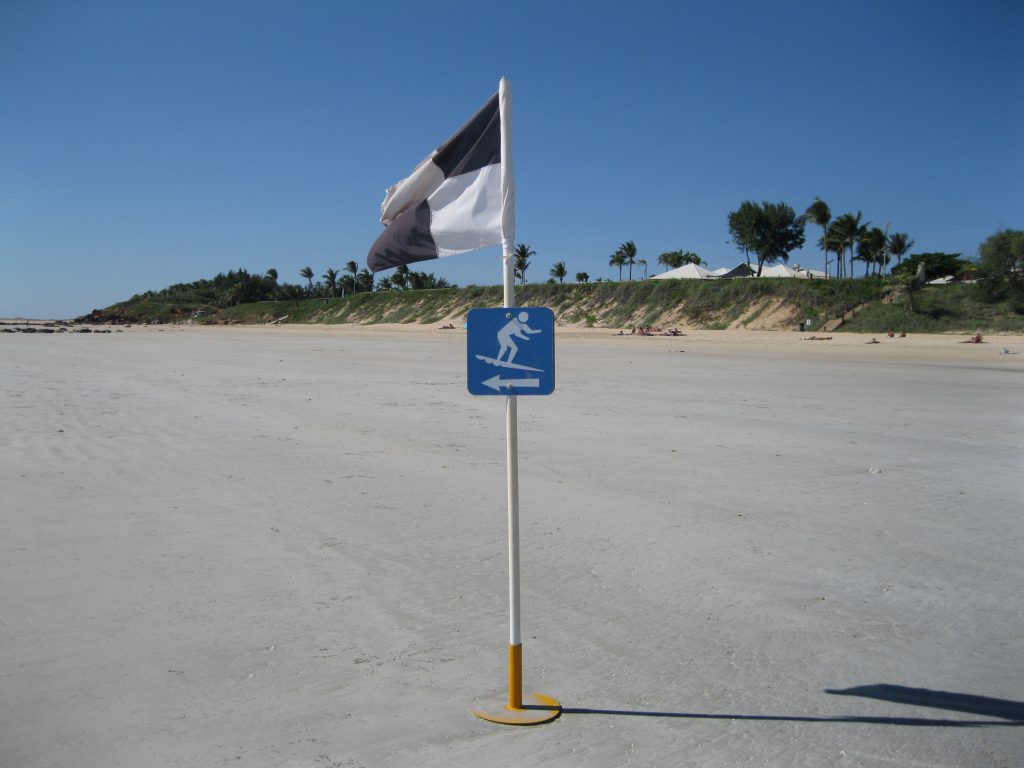
On the lugger, the tender was a very important person. He would be in charge of the monitoring of the lifeline, which was a line attached to the diver. He had to be very attentive to the various pulls and tugs from the diver which was signal different things. By 1971 a group of spear fishermen were responsible for changing the diving industry by introducing more flexible equipment with wet suits, fins and face masks which resulted in the end of the hard hat era.
Streeter’s Jetty
Streeter’s Jetty located on Dampier Street, at the end of Short Street, was built for pearl dealers and merchants. It is said to have been in existence since 1897 and is the only jetty remaining in Broome which was used by luggers to deposit pearl shells. The jetty was much longer in the day and went out to the mangrove front. The luggers would lay up here as well for the season. Trenches dug in the mudflats and the luggers were covered with hessian bags to keep the wood moist. It’s a bit of a historic icon of the Kimberley region as it is one of the few remaining tangible items from the heyday of the pearling industry in Broome. It was in danger of falling into disrepair but has thankfully been restored.
Mingling with the Locals
Strolling around the streets of Broome is an experience in itself. Being in a major Outback town which is still small…the wonderful climates and lovely breeze, if you are visiting during dry season…and the friendly locals.
A great option if you really want to check out the life of the locals is going to a pub to have dinner. Maybe quiz night is on. You don’t have to participate, you can just listen in and observe while enjoying your meals. This is a great way of getting a look into the life and true culture of an Outback Australian country town.
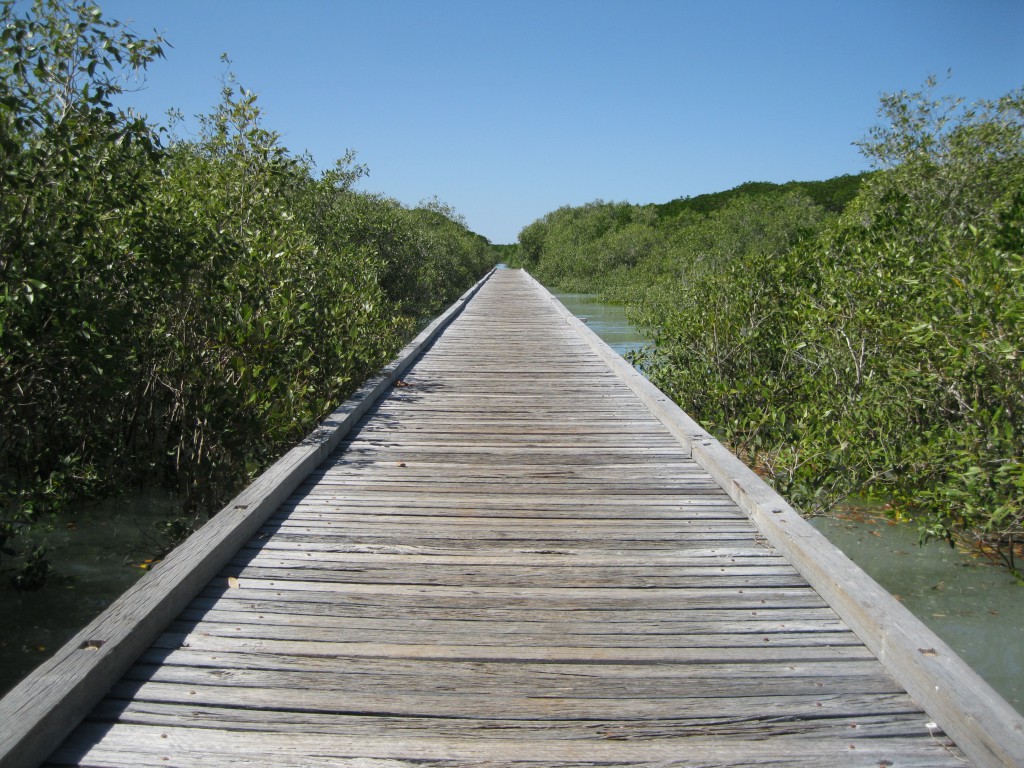
Captain Murphy’s Irish Pub on the corner of Louis and Weld Street is a great place if you want to experience this awesome atmosphere. Getting to know the locals when you’re travelling is always a recommended. You will get know a bit about their day to day lives and you may make new friends.
When you get to these parts of Australia you will see a fair bit of Aboriginals. Like other Outback and rural towns there are a lot of social problems with Aboriginals such as alcoholism and you will see when drifting around the streets as well. But at a place like Murphy’s you will find well-functioning Aboriginals among white Australians enjoying themselves which is so good to see.
Matso’s Broome Brewery
If you are into craft brew and great food you should check out Matso’s at 60 Hamersley Street. They brew a wide range of beer at the location for the restaurant. Matso’s beer can also be found around the country in different bottle shops but those beers are brewed elsewhere. If you like a good hoppy beer you should check out the Pearler’s Pale Ale which is a good well-balanced brew.
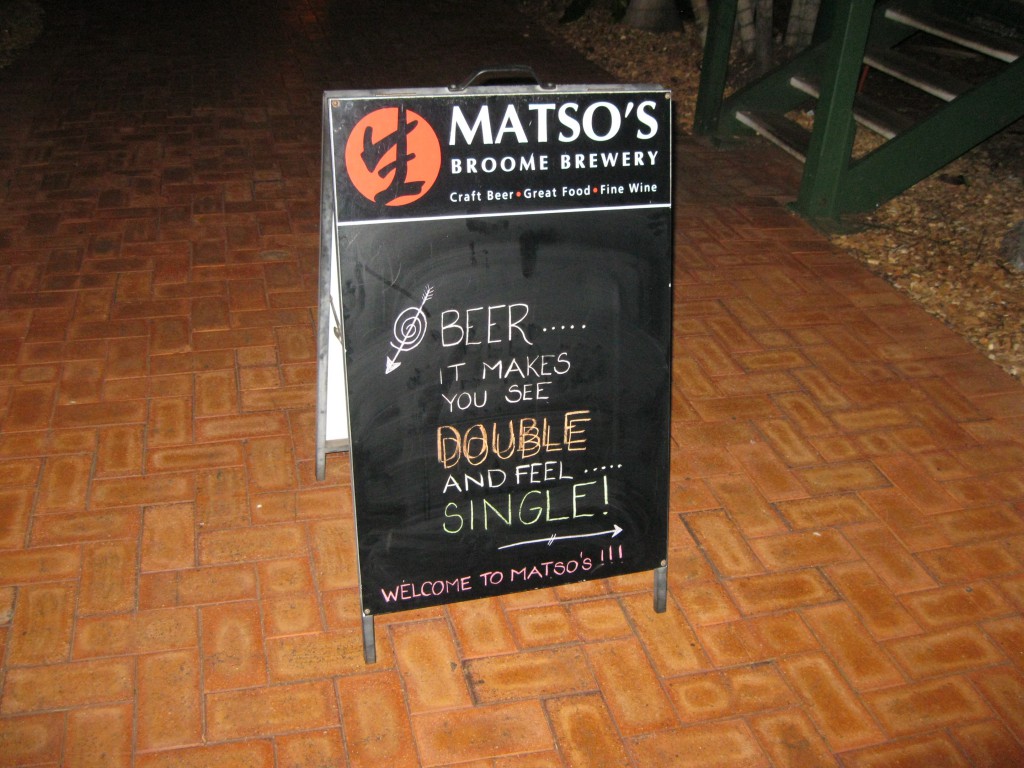
The restaurant itself is really cosy with a pretty rustique interior with wooden benches and tables among other things. The indoor part of the restaurant is decorated with artefacts and pictures with reference to the past and history of Broome such as the pearling industry. This gives the place a nice retro feel. You can also sit outside on the patio which is nice especially during the very hot evenings. Right next to the bar you can see the brewing area with massive kettles where tours are also conducted on certain days.
Above the brewing area the brewing process is very nicely described on a blackboard with how it starts with milling, mashing, then hops are added during boiling, whirl pooling, fermentation and maturating which should result in a great beer. Hops are normally added in three stages during the boil, for bittering, flavour and aroma. The stages depend on the role the hops are playing and what kind of beer you want to create. Not all beers have three additions, some only have one and some have up to six. There is no specific types of hops for the different stages.
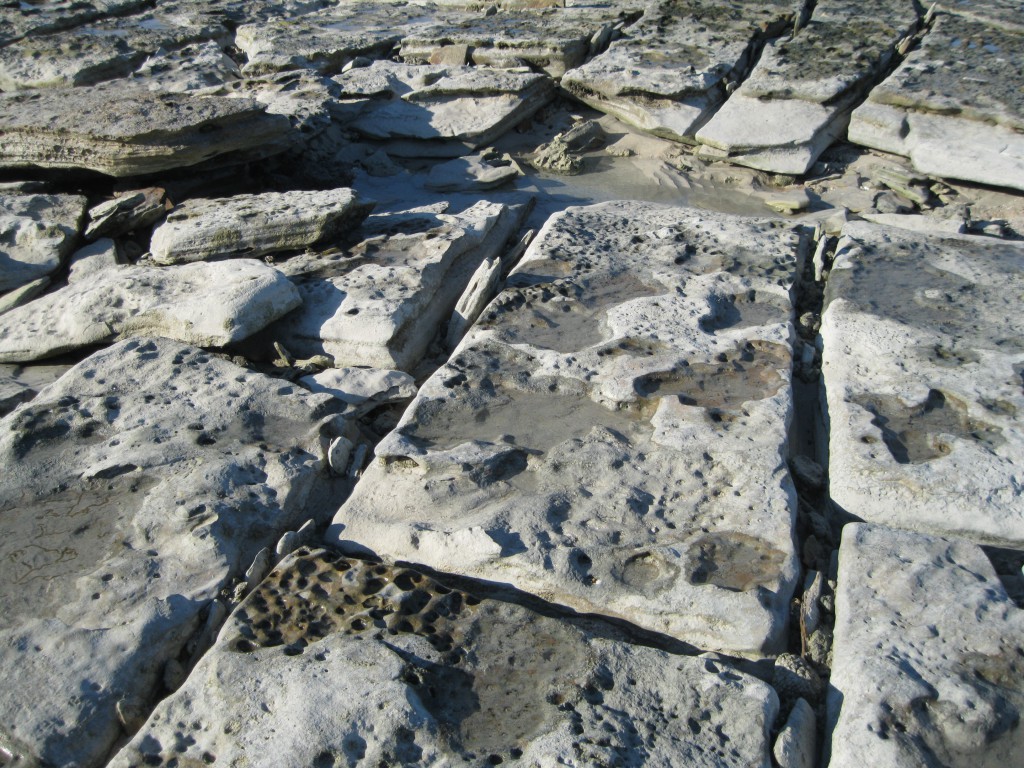
The same hops can be used for aroma and bitterness, and it is normally preferred if the scent of the beer is similar to the taste. Sometimes certain beer has an awesome aroma, but then taste differently which can be a pretty dull experience and a disappointment.
The interior and exterior design and the brewing area give Matso’s a tropical feel and combined with the craftsmanship of brewing awesome beer, it has a certain unique atmosphere. Such a great place to chill and have dinner on a hot summer night.
Cable Beach
Another cool option is to check out Cable Beach. If you are staying in the Broome downtown area you have to go there by bus if you don’t have a vehicle. It’s pretty easy as you can catch the bus from different spots around the city centre and they go pretty often. Cable Beach is absolutely beautiful and even if you are not a beach person it is quite an experience. Check out of the sandy beach and the stunning turquoise coloured water. The beach is perfect for having a stroll along the water front. Check out the wonderful scenery and the action of the surfers. You will have opportunities to take some great shots. You can also sunbake or go for a dip.
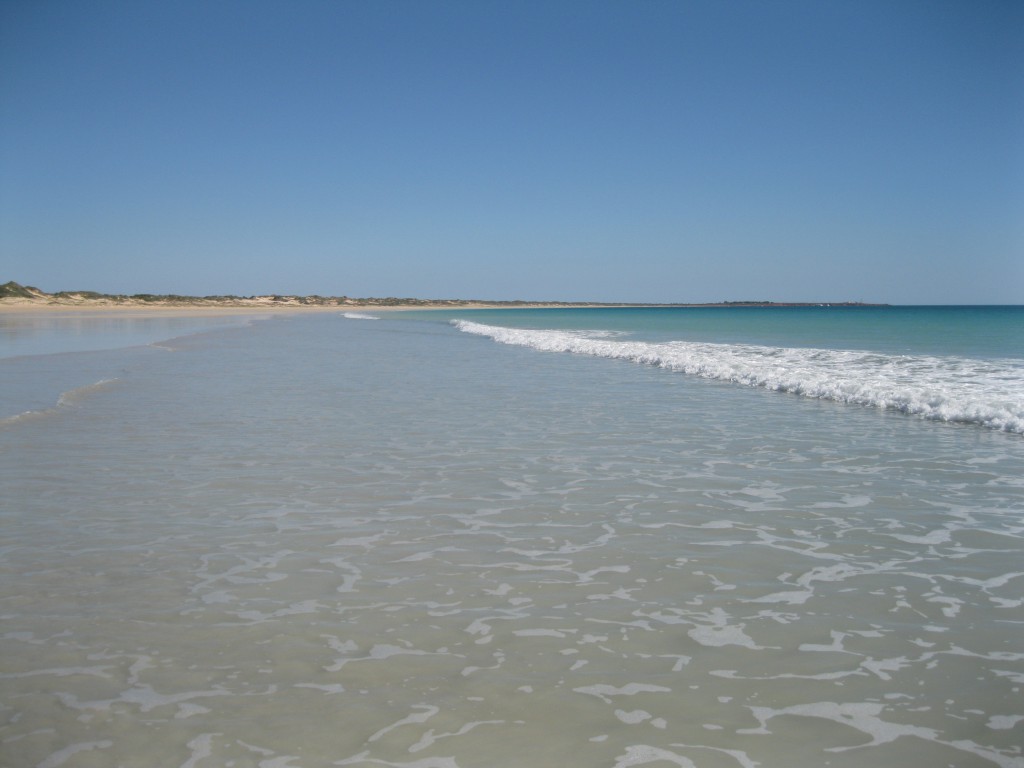
The name Cable Beach comes from when a telegraph cable was laid between Broome and Java in Indonesia in 1889 which connected the north west of Australia with the rest of the world. At the southern end of Cable Beach at Gantheaume Point you can see 130 million old dinosaur foot prints as well when the tide is low.
Remember your safety if you are taking a swim. The beach will only be patrolled when red and yellow flags are displayed. In this case you go for a swim it has to be between the two flags. Also mind the danger of submerged rocks at certain places at the shore when going for a dip. The black and white quartered flags will be put up by lifeguards on each side of the red and yellow flags to indicate the zone where surfers are allowed.
You will notice some pretty cool beach rock formations down at the shore which is a nice place to go exploring as the formations are quite unique. They are rock plates which have been deposited by the tides coming in from the Indian Ocean. In between the rocks puddles and channels of water. Awesome scenery.
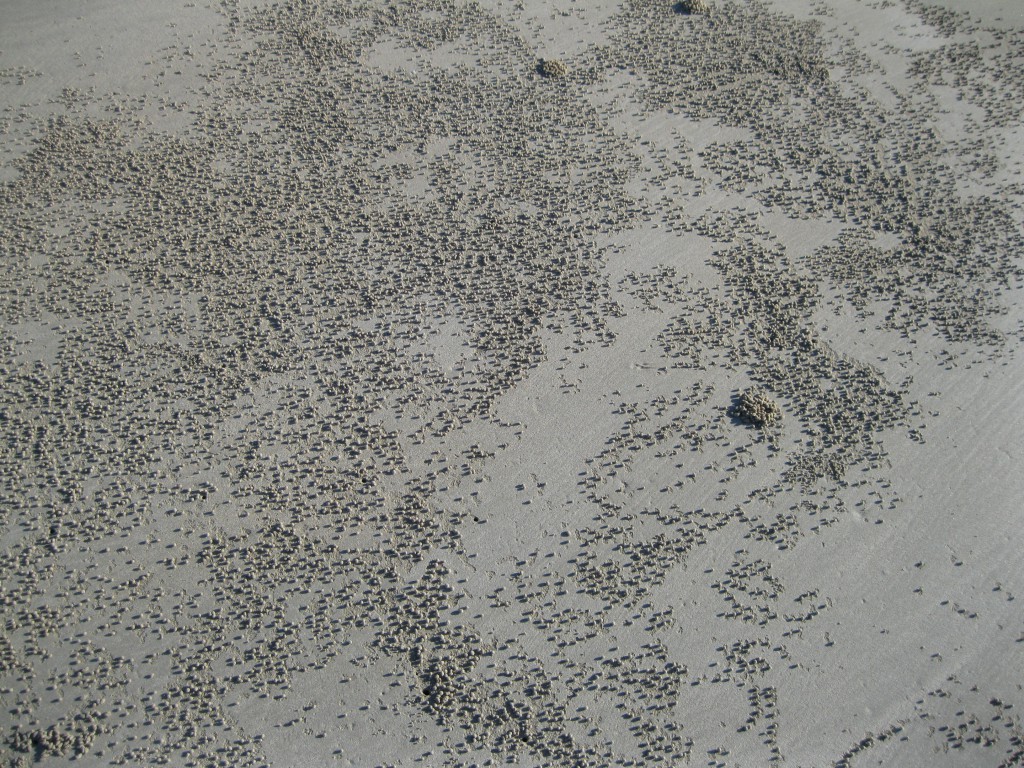
You may also see a lot of small inflated sand pellets during low tide made by sand bubbler crabs. They make some really amazing patterns of “art work” on the surface of the sand. The sand bubbler crap is only 1 cm (0.39 inches) wide across the carapace and live in small burrows in the sand where they remain during high tide. When it’s low tide they come out to the surface of the sand. The balls are a by-product of its dinner. It uses small claws to suck all the nutrients out of the sand and then throws it about 20-30 cm (7.9-11.8 inches) away from the burrow.
Cable Beach actually stretches 22 km (13.67 miles). You have an option of riding camels along the beach at sunrise or sunset if you are up for that. The sunsets in Broome are quite spectacular as the moon is very large. Especially from March to October where you can see the natural phenomenon called the “Staircase to the Moon” which is an optical illusion due to the low tide which makes it look like there’s a staircase reaching to the moon.
